K.C.S.E Physics Q & A - MODEL 1995PP2QN07
The sketch in the fig 5 shows the results of an experiment where a transistor was used as a voltage amplifier
(c)Explain how the voltage amplification factor, beta, may be obtained from the sketch graph
(d) (i) Draw a circuit diagram of p – n – p transistor operating in the common emitter ( C-E) mode indicate on the diagram the directions of the collector current Ic the base current IB the emitter current IE (ii) Write the equation relating IC IB IE (e) Identify the type of biasing in each of the junctions of a transistor in operation
0 Comments
K.C.S.E Physics Q & A - MODEL 1995PP2QN07
Distinguish between p- n- p and n – p – n transistors
answers
K.C.S.E Physics Q & A - MODEL 1995PP2QN07
Describe how a p- type semi conductor is formed
ANSWERS
K.C.S.E Physics Q & A - MODEL 1995PP2QN06
The sketch graph in fig 4 shows the results of an experiment to study diffraction patterns using a double slit.
(i) Sketch an experimental set up that can be used to obtain such a pattern
(ii) Name an instrument for measuring the intensity (iii) Explain how the peaks labeled A and B, and troughs labeled C are formed
K.C.S.E Physics Q & A - MODEL 1995PP2QN06
State the condition for a minim to occur in an interference pattern
K.C.S.E Physics Q & A - MODEL 1995PP2QN06
Describe how a young's double slit may be made in a laboratory
K.N.E.C MARKING SCHEME
K.C.S.E Physics Q & A - MODEL 1995PP2QN06
Distinguish between stationary and progressive waves
K.N.E.C ANSWERS
Progressive wave- Wave profile moves along with the speed of the wave
Stationary wave – wave profile appears static Progressive wave – Phase of points adjacent to each other is different Stationary wave – All points between successive node vibrate in phase Progressive wave – Energy translation in the direction of the wave travels Stationary wave- No translation of energy but energy associated in the wave K.C.S.E Physics Q & A - MODEL 1995PP2QN05
(a) (i) State the law of electromagnetic induction
(ii) Describe an experiment to demonstrate Faraday's law (b) (i) A researcher studying the behaviour of step- up transformer made the following observations: More joules per coulomb and fewer coulombs per second at the output than at the input terminals Explain why the observation does not imply a violation of the principle of conservation of energy (ii) A transformer of 480 turns in the primary coil is used to connect a 9 volt a.c electric device to a 240 v.a.c mains power supply. Calculate the number of turns in the secondary coil.
ANSWERS
. (a) (i) The magnitude of the induced e.m.f is directly proportional to the rate at which the conductor cuts the magnetic field lines
The induced current flows in such a direction as to oppose the changes producing it. (ii) Plugging a magnetic into a coil
Make power constant VU = Joules current = charge / time Count P = IV For large V, 1 must lower for power input to be equal to power output
K.C.S.E Physics Q & A - MODEL 1995PP2QN04
Draw a ray diagram to show how a convex lens works as a magnifying glassK.C.S.E Physics Q & A - MODEL 1995PP2QN04
The diagram in figure 3 shows a certain eye defect
(i) Name the object
(ii) Draw on the same diagram an arrangement to correct the defect (c) (i) Explain why a pail of water can be swung in vertical circle without the water pouring out (ii) A car of mass 1200kg is moving with a velocity of 25ms-1 around a flat bend of radius 150m. Determine the minimum frictional force between the tyres and the road that will prevent the car from sliding off. K.C.S.E Physics Q & A - MODEL 1995PP2QN03
(a) An object O is placed in front of convex mirror as shown in figure 2
(i) Draw to scale a ray diagram to show the position of the image
(ii) Determine the magnification (b) An object placed in front of a convex lens of focal length 10 cm produces an image at a distance of 15 cm from the lens and on the same sides as the object Determine the position of the object K.C.S.E Physics Q & A - MODEL 1995PP2QN02
Study the circuit diagram in figure 1 and answer the following questions
(a) Calculate the effective resistance between Y and Z(5.0 x 10-6 m2)
|
CATEGORIES
Categories
All
Topics
FORM I - PHYSICS SYLLABUSFORM II - PHYSICS SYLLABUSTOPICS
FORM III - PHYSICS SYLLABUSFORM IV - PHYSICS SYLLABUSARCHIVES
RSS FEEDS
AUTHOR
M.A NyamotiMy passion is to see students pass using right methods and locally available resources. My emphasis is STEM courses
|
We Would Love to Have You Visit Soon! |
Hours24 HR Service
|
Telephone0728 450425
|
|
8-4-4 materialsLevels
Subjects
|
cbc materialsE.C.D.E
Lower Primary
Upper Primary
Lower Secondary
Upper Secondary
|
teacher support
Other Blogs
|
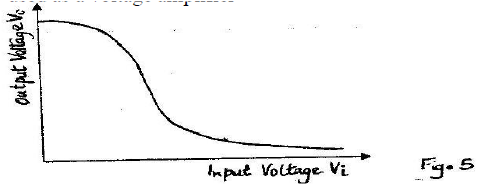
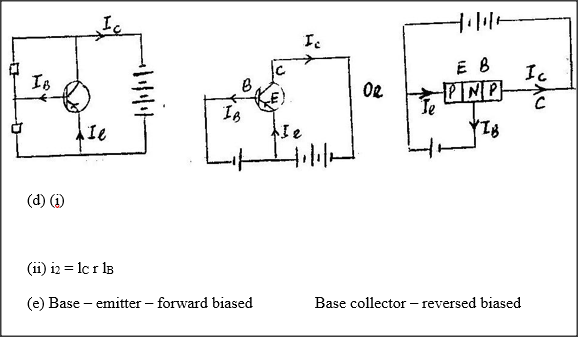


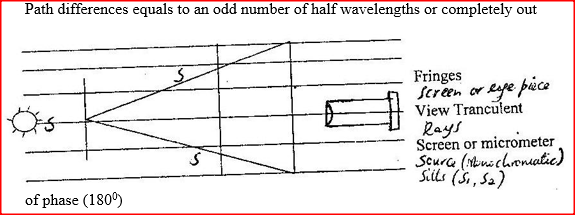



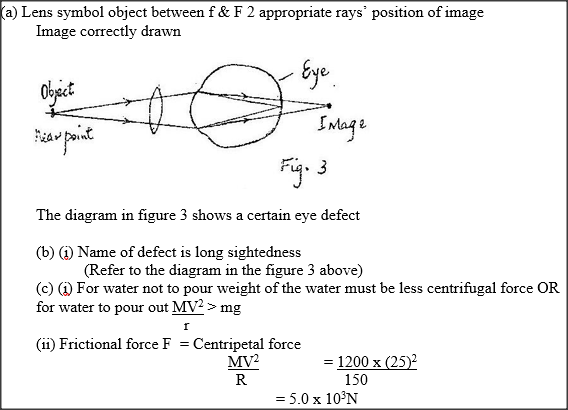




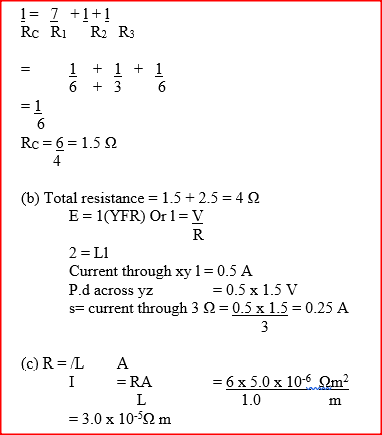



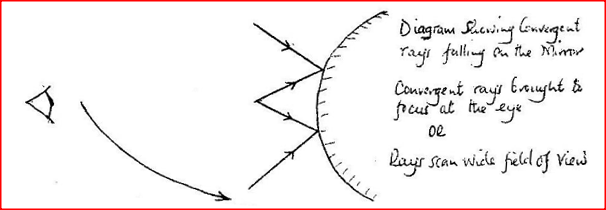


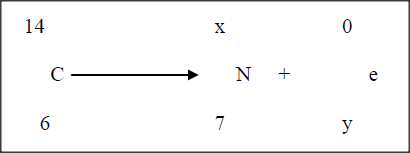





 RSS Feed
RSS Feed